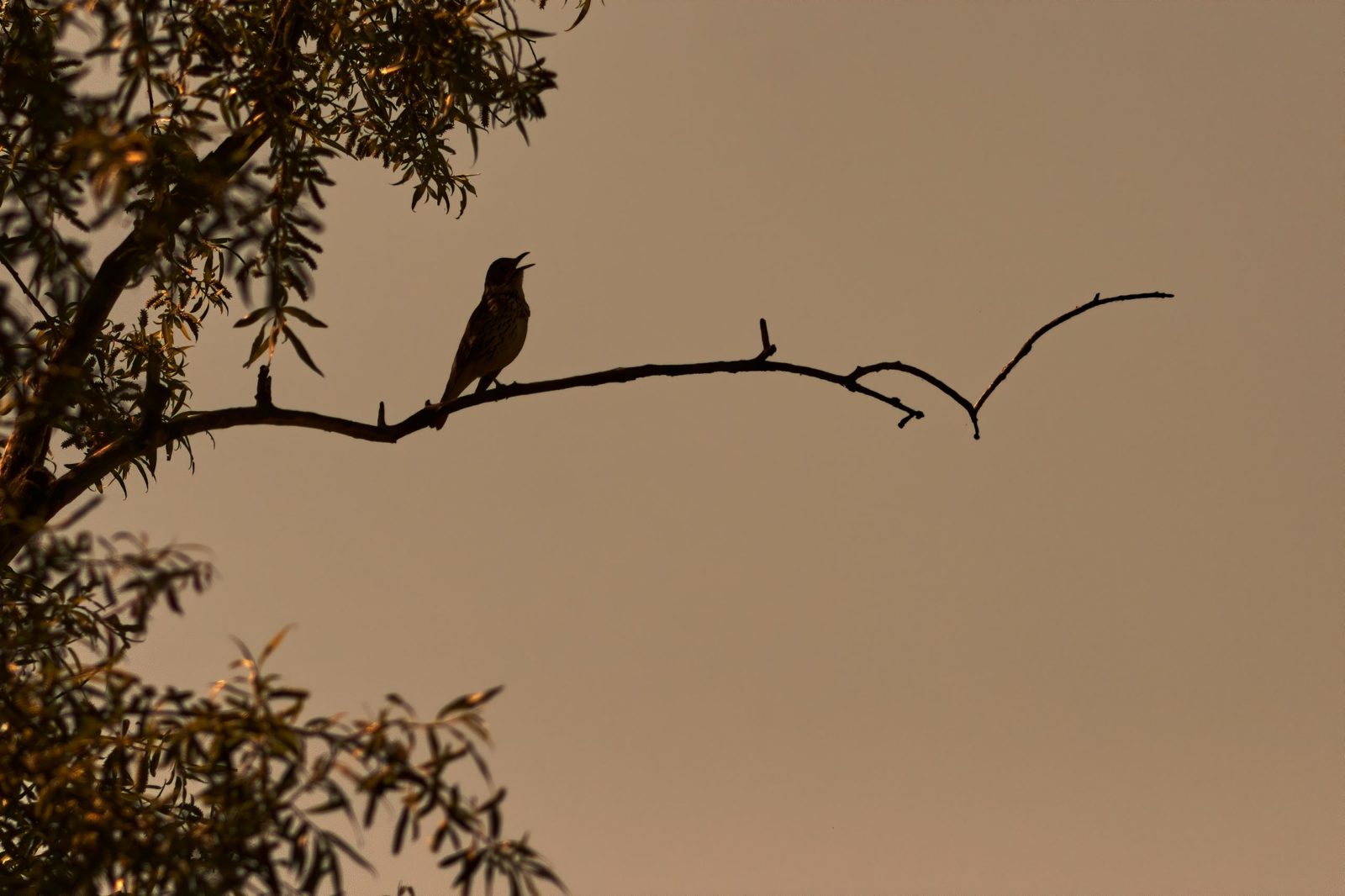

"Mapping" - an unusual word for many people who have nothing to do with nature conservation or geosciences. What exactly does it mean, for example: "We map breeding birds?" In the geosciences, mapping is a spatial collection of data - in ecology, it usually means the recording of certain animal and plant species or biotic communities and their exact location on a map.
For this to succeed, one needs above all: a good knowledge of species, i.e. the ability to clearly recognise and distinguish between different animal and plant species. In addition, one needs a good knowledge of the ecology of the species to decide when and where and with which method the animals and plants can best be encountered. Technical aids are also often used. To find and identify bats, for example, it makes sense to use a so-called bat detector, i.e. a device that converts the ultrasonic sounds of the animals, which are inaudible to our human ears, into audible sounds. In this way, we can not only hear the animals flying in the dark, but also recognise which species they are and even whether they are sounds emitted when searching for food or so-called "social sounds", i.e. courtship sounds or sounds made when rearing young.
Reptiles can be well attracted with so-called artificial hiding places, under and on which they stay to warm up. The best time to check reptiles is later in the morning, when it is warm enough for them to be mobile, but not yet so hot that they are too fast.
Early mornings in spring are particularly suitable for identifying birds, when the songbirds can be easily distinguished by their species-typical courtship and territorial songs. However, not all birds are present all year round, and they certainly do not sing all year round. Great tits, for example, start their typical Zi-Zi-Bäh early in the year, but nightingales in our latitudes do not return from their winter quarters until May and stop singing again as early as June. Trying to find the shy and inconspicuous bird in midsummer is extremely difficult. And even with birds, some tools are useful to make them easier to find. Winter goldcrests, a very small bird with a very soft voice, are easily overheard. However, it is quite easy to entice it to respond with a dummy sound. This is how you can tell whether this species lives in a grove. Incidentally, owls - but only early in the year - and partridges - but only in midsummer - also respond to dummy sounds.
To draw up a map of breeding birds or other species groups for an area therefore requires some expertise and usually several surveys. Standard works define these generally accepted methods. Only in justified exceptional cases should they be deviated from.

